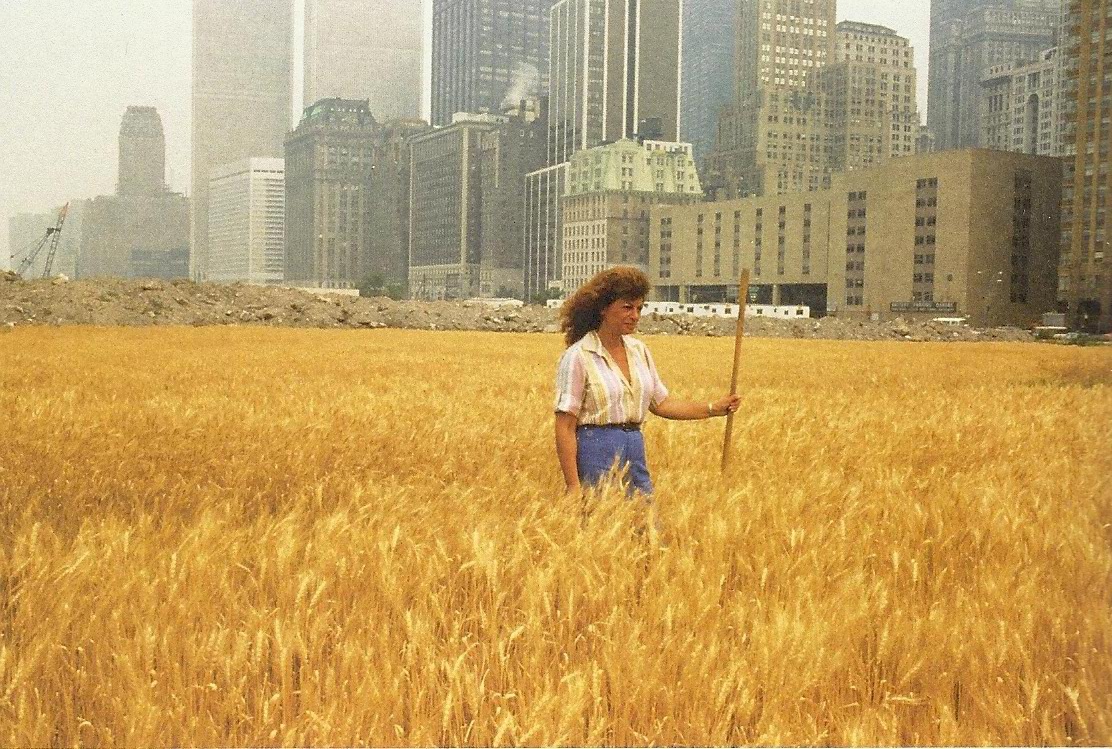During October, we saw at least three famous artworks attacked by Eco-Activist. Mashed potato on Monet’s Haystacks, a can of tomato soup on Vincent van Gogh’s Vase with Fifteen Sunflowers, and glue on Johannes Vermeer’s Girl With a Pearl Earring. None of these artworks are damaged because they are protected by glass.
The activists’ reason behind this attack is “what’s will the value of art be in the future if you can’t even eat?”
The Eco-activists will not stop their action until government quickly stops “future licensing and consents for the exploration, development, and production of fossil fuels”. The activists’ attacks on masterpieces want to draw global attention to the need to radically cut carbon emissions and stop all future oil and gas projects. Otherwise, humans will die caused by climate catastrophe.
However, instead of thinking about how to prevent the climate crisis so it is not getting worse, many people are busy judging what the activists did as a “not right” way to address climate change issues to the public.
Some questions need to think regarding this problem: Did the activists “really damage” the artworks? Will they be successful and the government finally listen to them? What can art do to stop climate change?
In my view, the eco-activists do not really intend to destroy the artworks, because I believe that they still think about what they do and realize that every masterpiece is shielded by glass. Their attack is a way to draw public attention and awaken people’s awareness of the climate crisis. The climate activists did not choose something that can be harmful if it is thrown into the artwork, instead they pick mashed potato or tomato soup.
By saying this, I am not suggesting iconoclasm or the destruction of images based on political and religious reasons. So far, the climate activists do not destroy any artworks, except make the protection glass dirty. If the activist really tainted the canvas, I would change my mind and be disappointed because it means they wrecked one of the “common heritage of humanity”.
The continuous attack on artworks does not guarantee that the activists’ demands will be listened by the government. It does not mean that this action is useless, at least more and more people, especially young generations begin concern about the environmental issue.
Then, what can art do to save the environment? Many artists around the world have given plenty of examples of how art deals with ecology. Agnes Denes-an eco-artist, created a stunning eco-artwork entitled Wheatfield — A Confrontation (1982) in which she planted a two-acre wheatfield grown on an empty landfill next to the World Trade Center. Over 1,000 pounds of beautiful golden wheat was harvested from Denes’s wheatfield. The harvest was sent to 28 cities around the world and some of them were replanted.

Ice Watch (2014) is a work by Olafur Eliasson and Minik Rosing, consists of twelve large blocks of ice cast off from the Greenland ice sheet, providing a direct and tangible experience of melting arctic ice. This work aims to raise awareness of climate change. The artists installed the works in three locations: at City Hall Square in Copenhagen (2014), at Place du Panthéon in Paris, (2015), and two locations in London – outside Bloomberg’s European headquarters and in front of Tate Modern (2019).
Photo: Justin Sutcliffe. https://olafureliasson.net/archive/artwork/WEK109190/ice-watch
Many other artworks as part of the ecological struggle can still be mentioned. Lastly, our ecological struggle just began. A can of tomato soup in Van Gogh’s painting is a starting point. Everything will not change, unless the government and we do something to save our planet!

